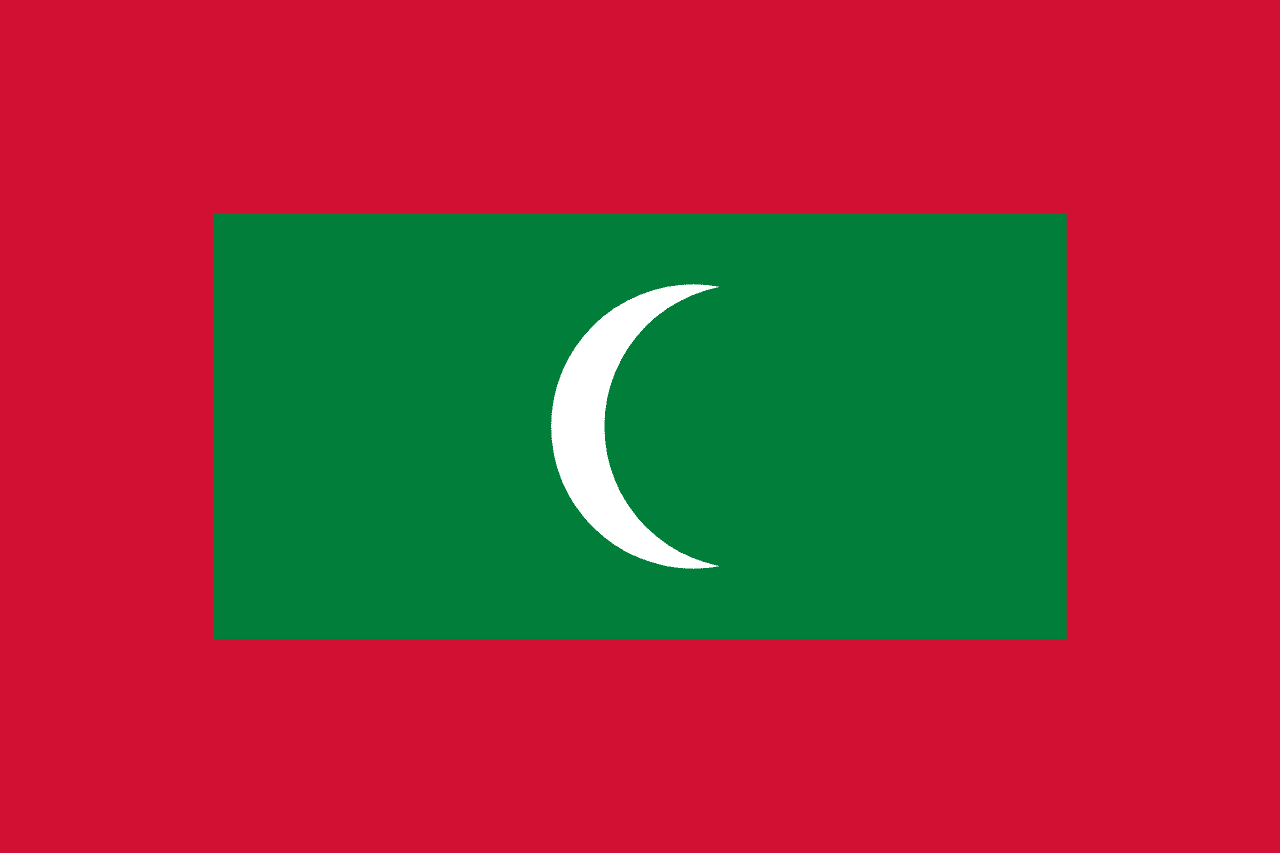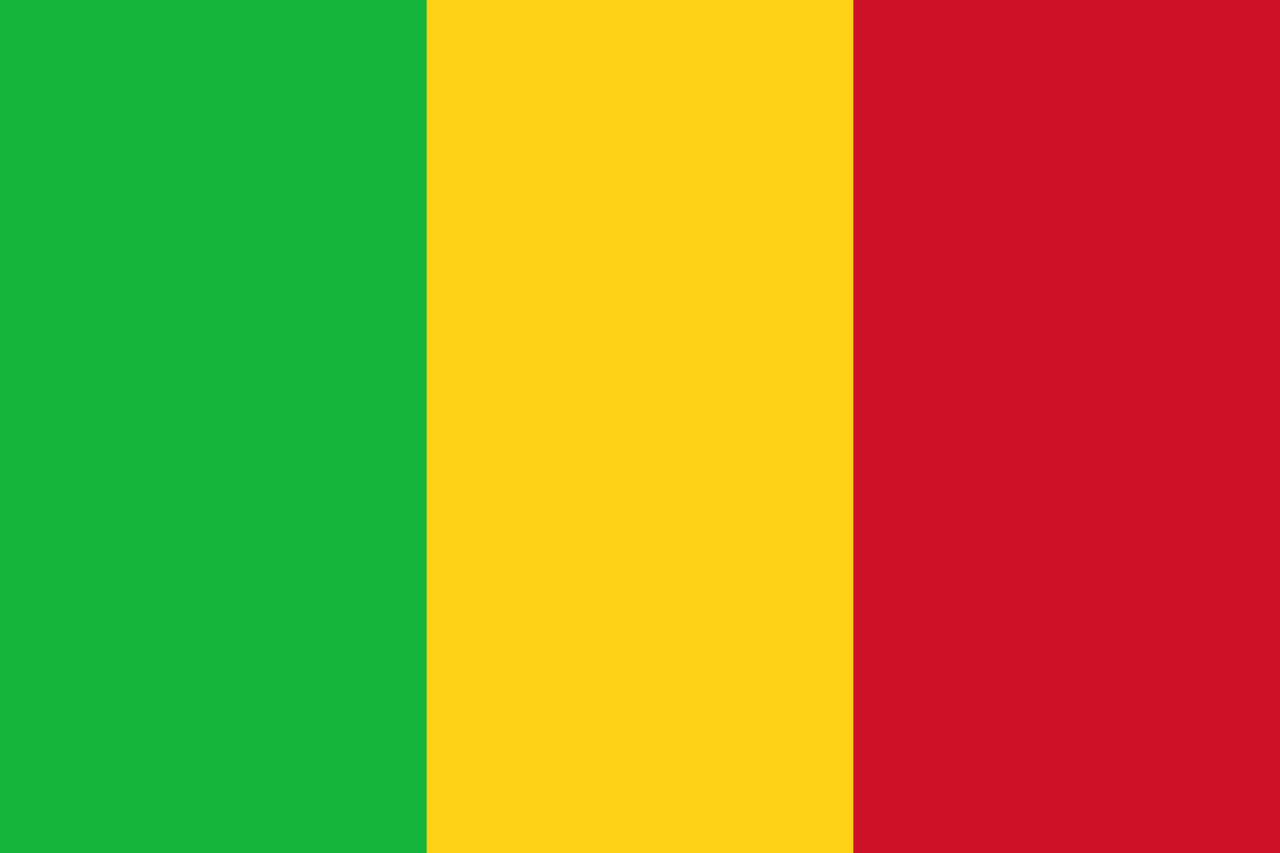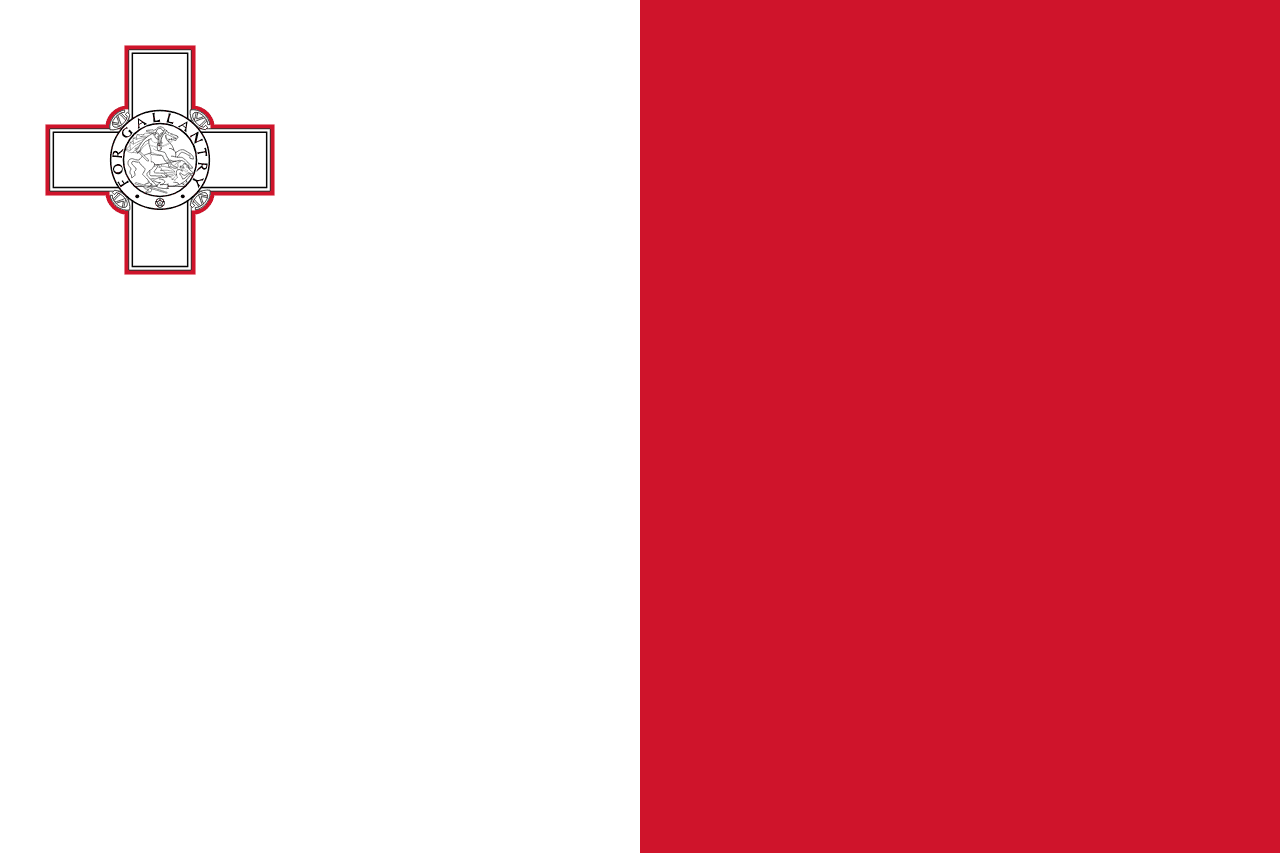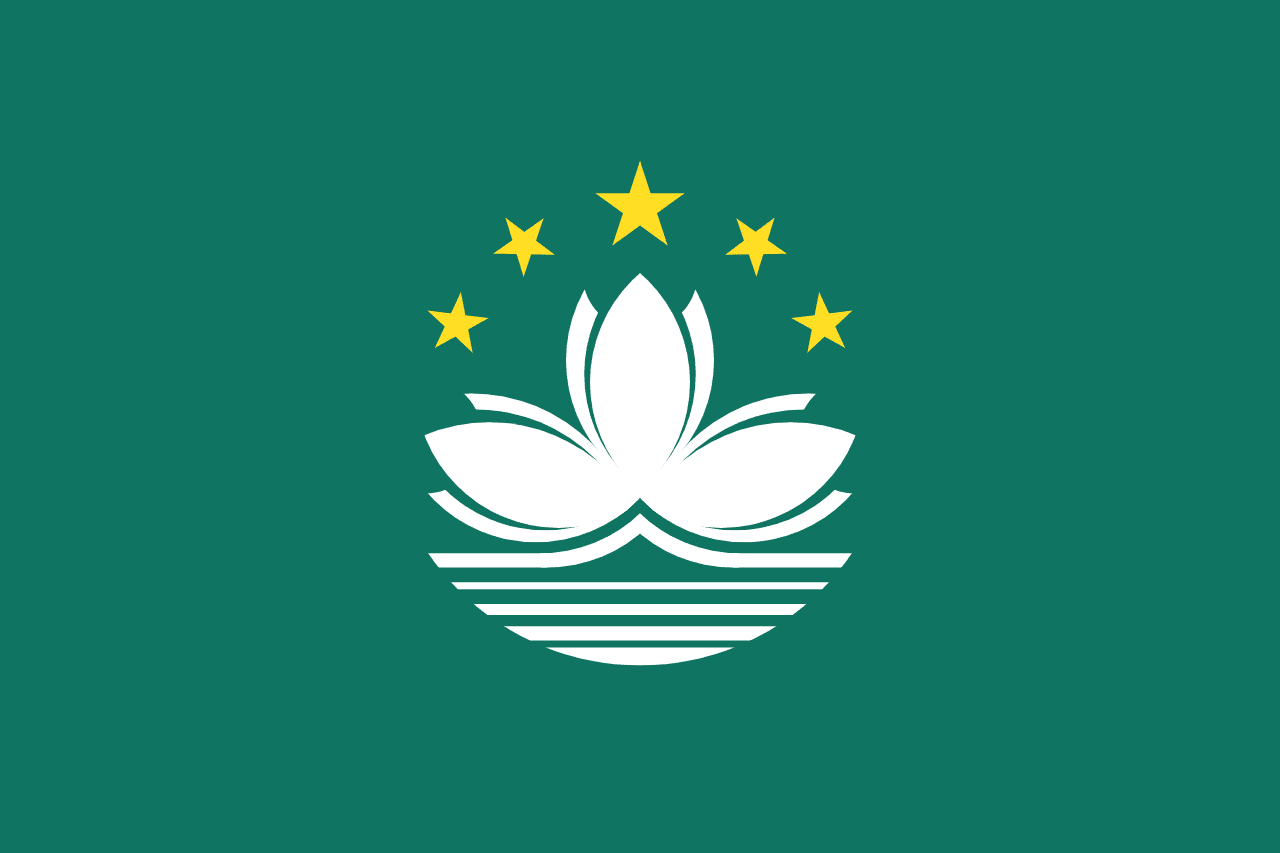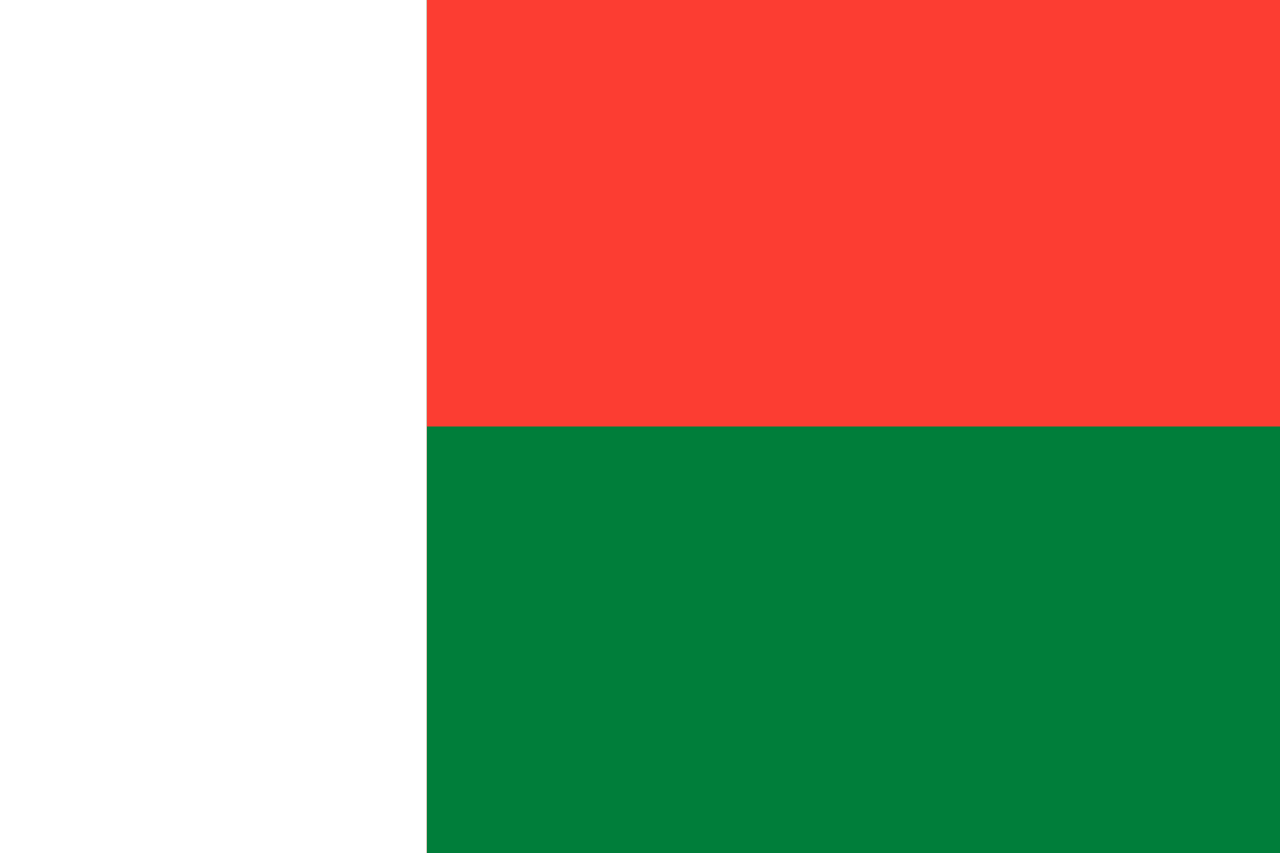The flag of Malaysia, officially known as the Jalur Gemilang (Stripes of Glory), consists of fourteen horizontal stripes alternating red and white, with a blue canton in the upper hoist quarter containing a yellow crescent and a fourteen-pointed star. This intricate design encapsulates Malaysia's rich history, cultural diversity, and national aspirations.
Malaysia information
| National Flag Day | September 16 |
| Sovereign state | Yes |
| Official name | Malaysia |
| Capital | Kuala Lumpur |
| Population | 32,365,999 |
| Area | 330,803 km² |
| Currency | Malaysian ringgit (MYR) |
| Language | Malay, English |
| Continent | Asia |
| Region | Southeast Asia |
| Subregion | — |
| Borders | Thailand, Indonesia, Singapore, Brunei, Philippines |
| Timezone | Malaysia Time (MYT) UTC+8 |
| Calling code | +60 |
| Top-level domain | .my |
History of the Malaysian flag
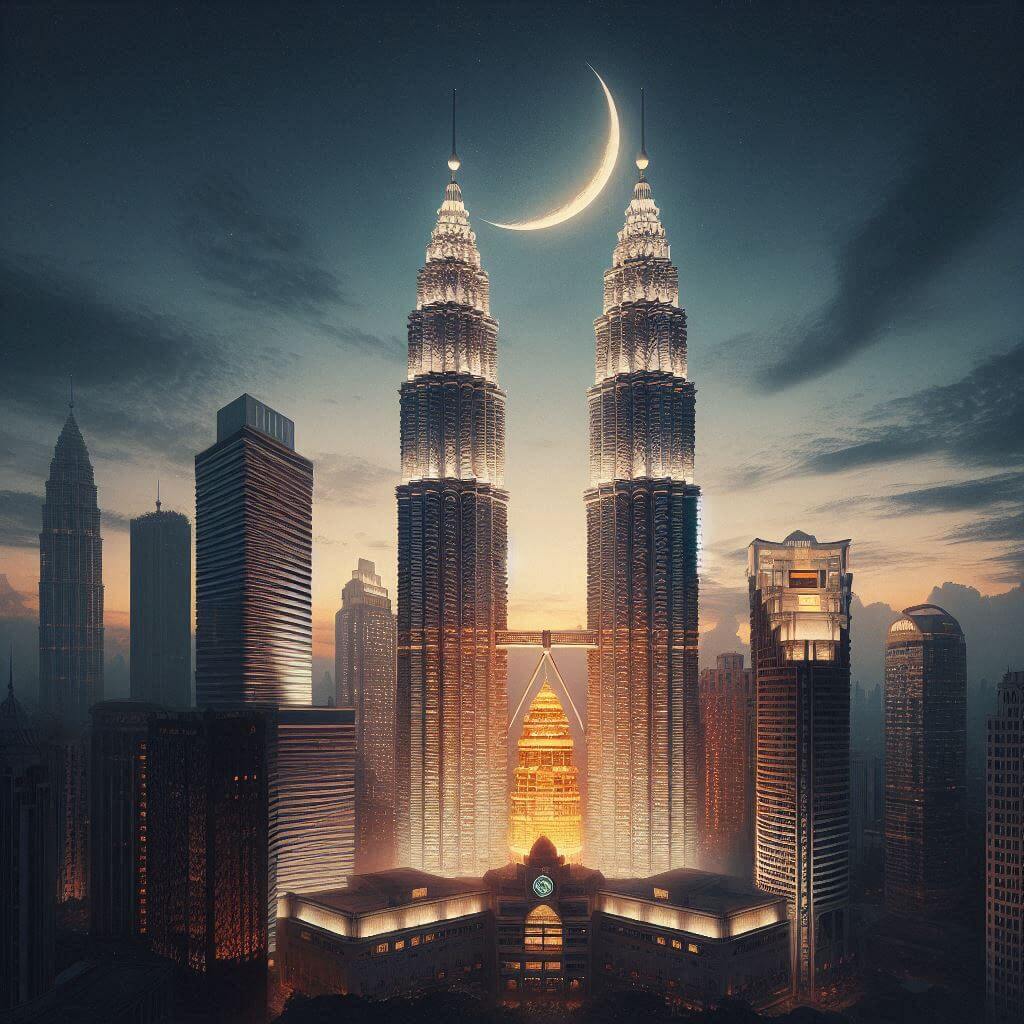 The current Malaysian flag was officially adopted on September 16, 1963, coinciding with the formation of Malaysia as a federation. However, its design is based on the flag of the Federation of Malaya, which was used from 1950 to 1963. The original design was created by Mohamed Hamzah, an architect working for the Public Works Department in Johor Bahru, in 1949. When the Federation of Malaya gained independence in 1957, this flag was retained. With the formation of Malaysia in 1963, which included Sabah, Sarawak, and initially Singapore, the design was modified to include additional stripes and points on the star, representing the new states.
The current Malaysian flag was officially adopted on September 16, 1963, coinciding with the formation of Malaysia as a federation. However, its design is based on the flag of the Federation of Malaya, which was used from 1950 to 1963. The original design was created by Mohamed Hamzah, an architect working for the Public Works Department in Johor Bahru, in 1949. When the Federation of Malaya gained independence in 1957, this flag was retained. With the formation of Malaysia in 1963, which included Sabah, Sarawak, and initially Singapore, the design was modified to include additional stripes and points on the star, representing the new states.
Symbolism and design of the Malaysian flag
Each element of the Malaysian flag carries deep symbolic meaning. The fourteen horizontal stripes, alternating red and white, represent the equal status of the thirteen member states and the federal territories in the federation. The number fourteen is significant, as it includes the federal territories as a collective entity. The blue canton symbolizes the unity of the Malaysian people. The crescent represents Islam, the official religion of Malaysia, while also symbolizing a young nation on the ascent. The fourteen-pointed star, known as the Federal Star, represents the unity of the thirteen states and the federal government. The yellow of the crescent and star is the royal color of the Malay rulers, symbolizing Malaysia's constitutional monarchy. The red, white, and blue colors have historical significance, being reminiscent of the flags of countries that had influenced Malaysia's history, including the United Kingdom and the United States.
Usage and significance of the Malaysian flag
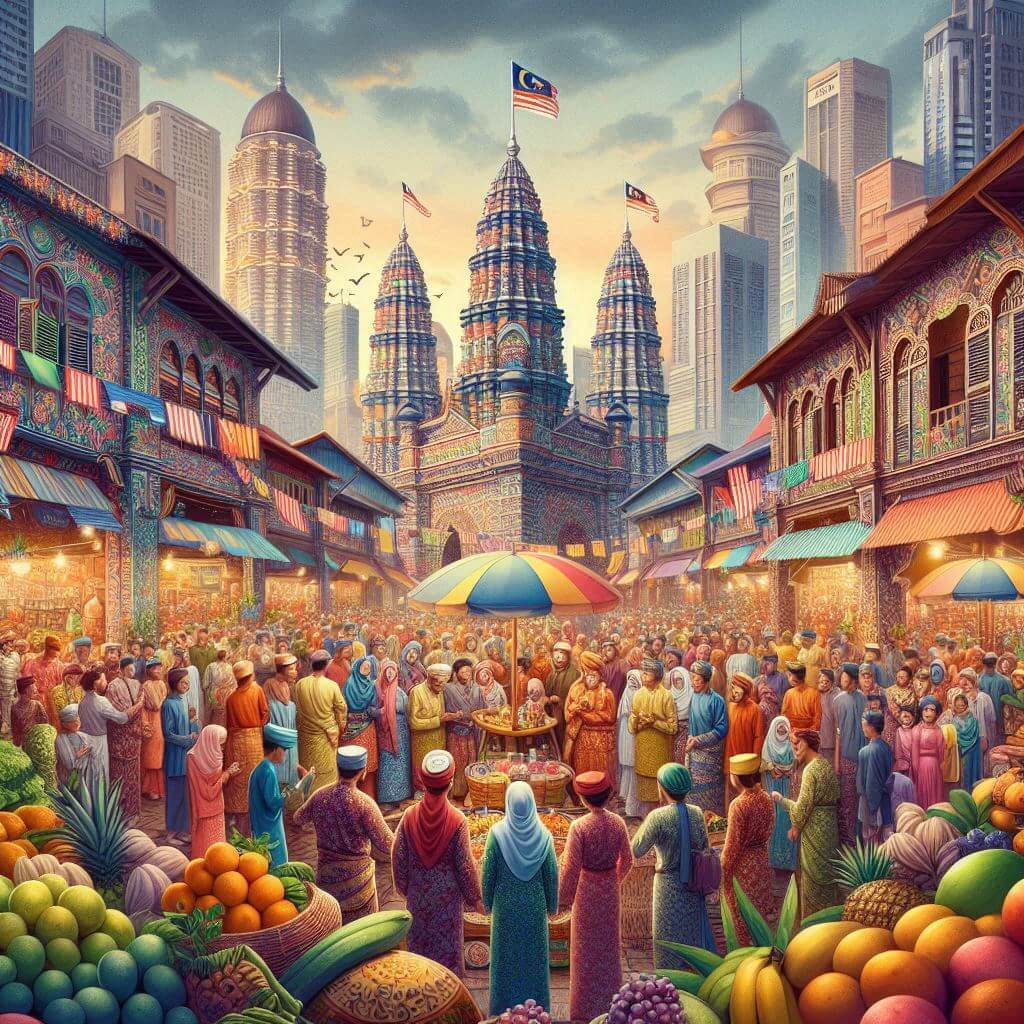 The Jalur Gemilang is a source of national pride and is prominently displayed throughout Malaysia. It flies on government buildings, schools, and during national celebrations such as Hari Merdeka (Independence Day, August 31) and Malaysia Day (September 16). The flag plays a crucial role in fostering unity among Malaysia's diverse ethnic groups and states. In international contexts, the flag represents Malaysia in diplomatic settings, sports events, and cultural exchanges, symbolizing the country's sovereignty and its unique position as a multicultural, multi-ethnic nation. During times of national significance, the flag serves as a rallying point for Malaysians, embodying their shared identity and aspirations for harmony and progress.
The Jalur Gemilang is a source of national pride and is prominently displayed throughout Malaysia. It flies on government buildings, schools, and during national celebrations such as Hari Merdeka (Independence Day, August 31) and Malaysia Day (September 16). The flag plays a crucial role in fostering unity among Malaysia's diverse ethnic groups and states. In international contexts, the flag represents Malaysia in diplomatic settings, sports events, and cultural exchanges, symbolizing the country's sovereignty and its unique position as a multicultural, multi-ethnic nation. During times of national significance, the flag serves as a rallying point for Malaysians, embodying their shared identity and aspirations for harmony and progress.
Interesting facts about the Malaysian flag
- The Malaysian flag is one of the few national flags that changes with the political evolution of the country. It was modified when Singapore left the federation in 1965, reducing the number of points on the star from 15 to 14.
- The nickname "Jalur Gemilang" was introduced in 1997 by Prime Minister Mahathir Mohamad to instill a sense of national pride and identity.
- The exact shades of colors used in the Malaysian flag are specified in the national constitution to ensure consistency in its reproduction.
- The flag shares similarities with the flag of the United States, reflecting Malaysia's aspirations for democracy and freedom during its formative years.
- During the annual National Day celebrations, it's common to see giant versions of the Jalur Gemilang displayed on buildings and carried in parades.
